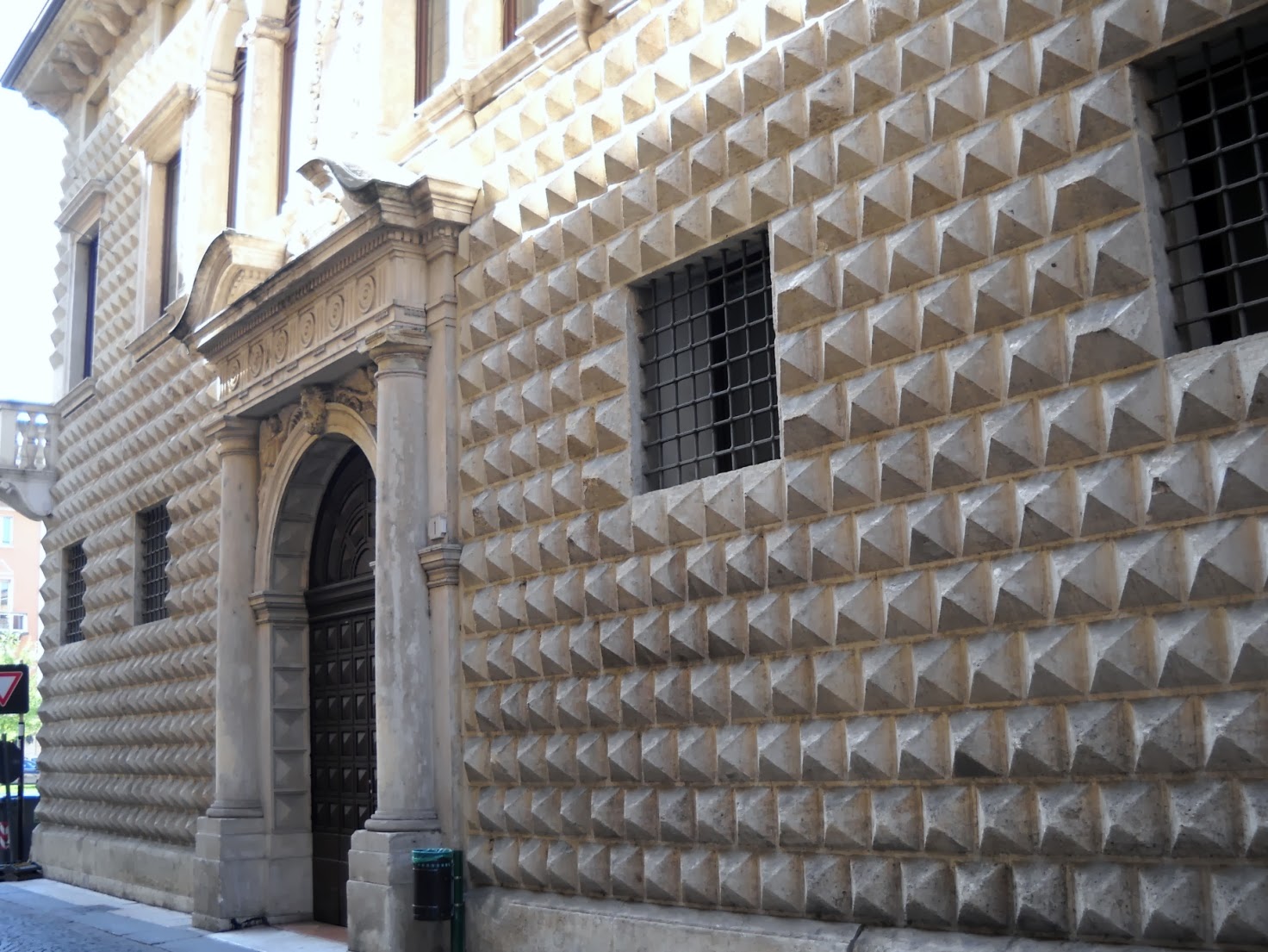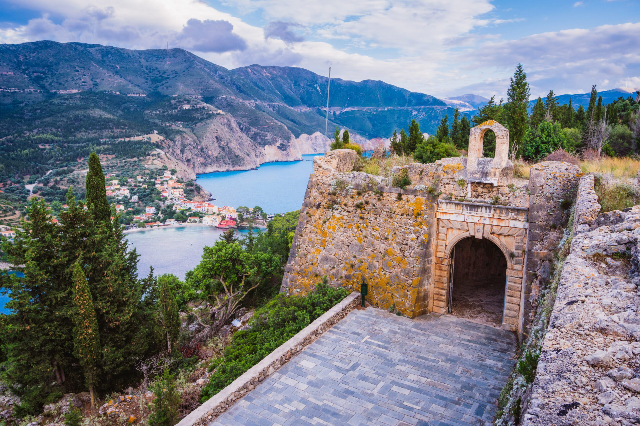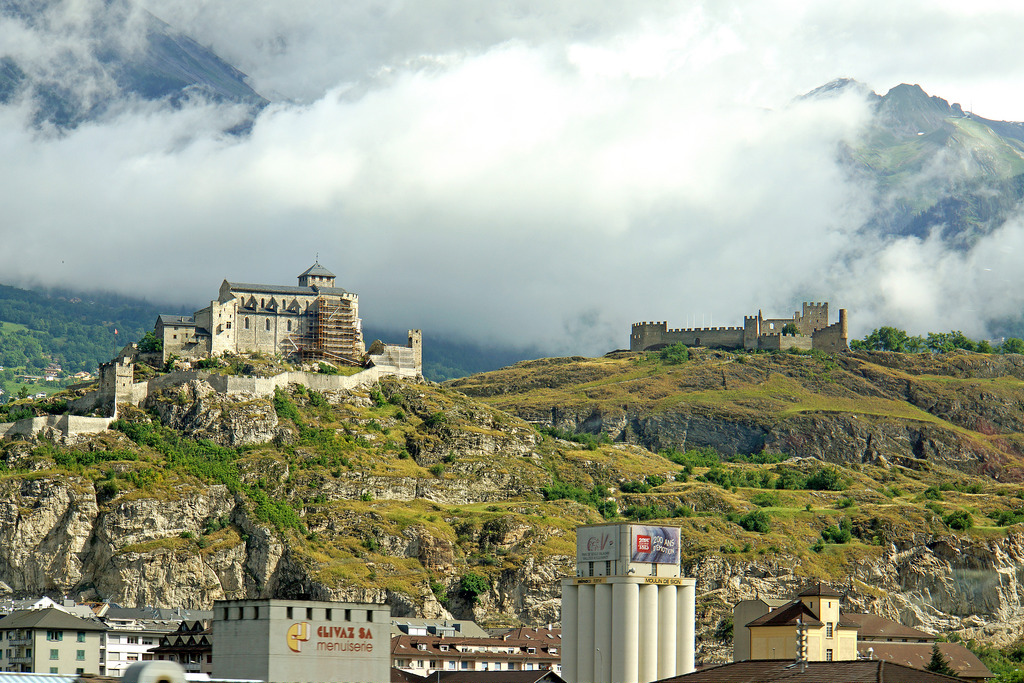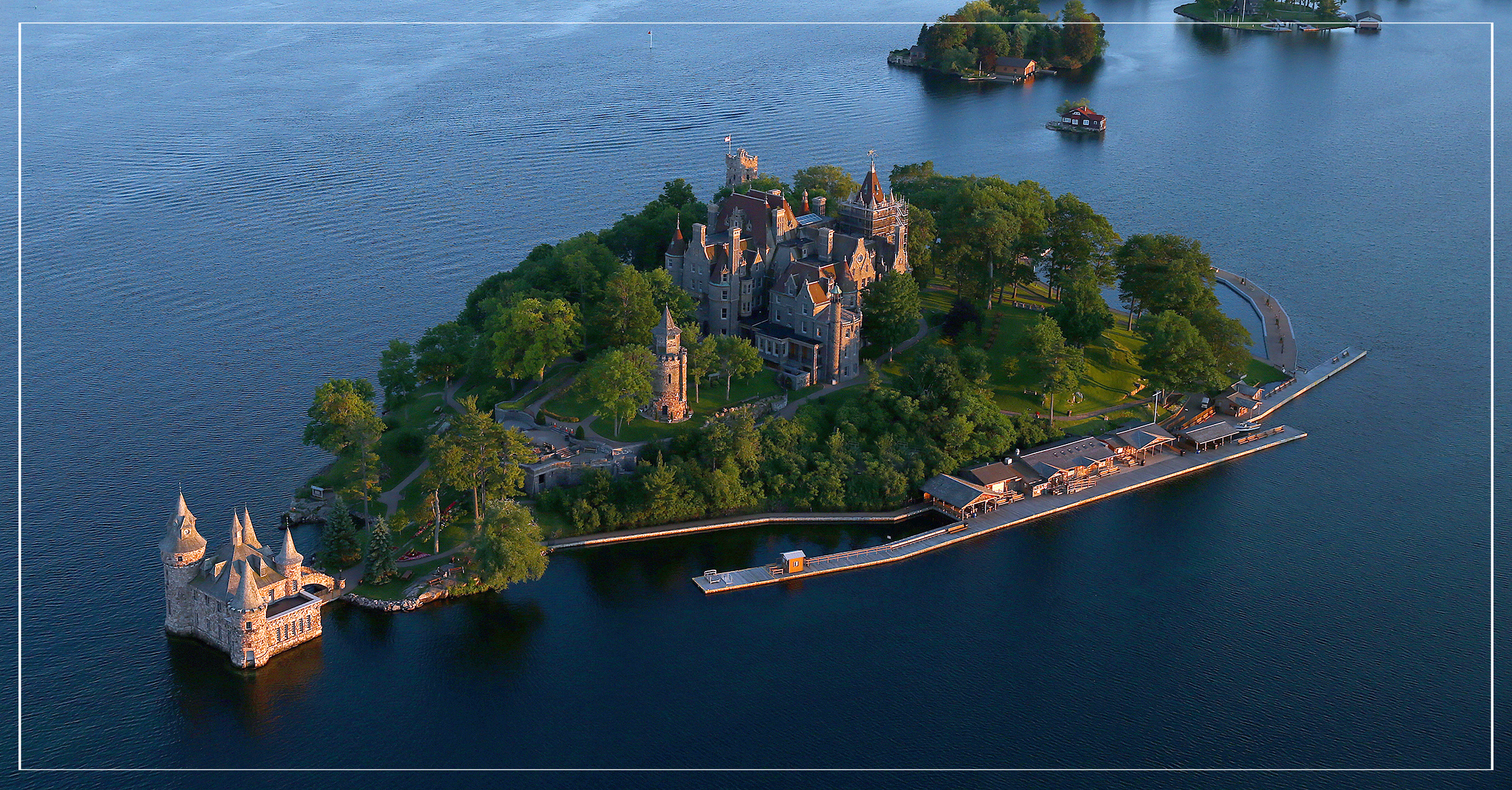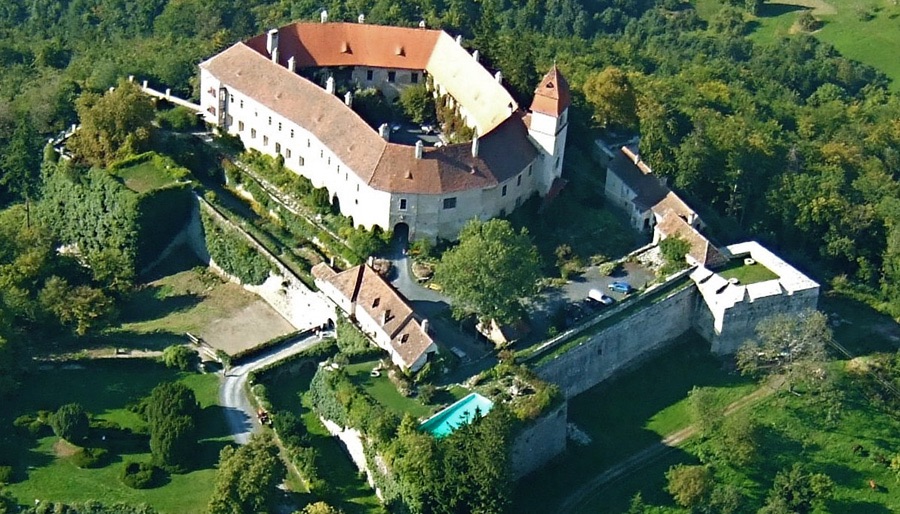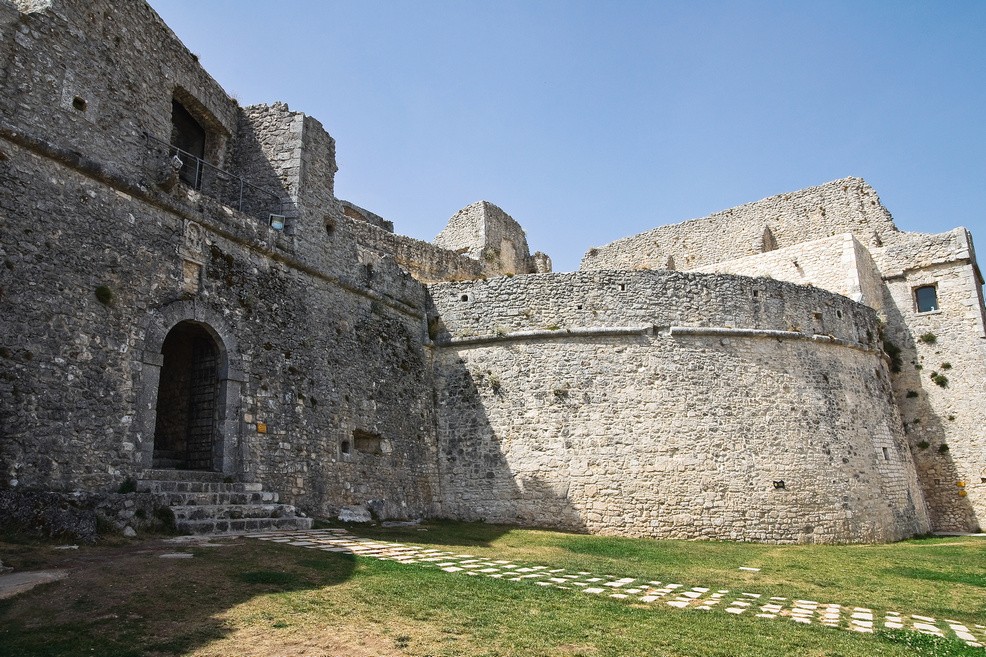The battlements, the main square of the fortress and the "Reitschnecke," a spiral staircase that was once used by horses, can be visited. Also worth seeing is the "Kasematte," an underground vault that was originally intended to protect against artillery fire. The Kasematte has a ceiling about four meters thick and has four circular light wells that create a unique atmosphere.The Munotgraben originally served to protect the fortifications, but was never filled with water. A colony of deer has lived there since 1905. In addition, a vineyard with a total of 76 species is located on the fortress. These include Pinot noir, Tokay and Pinot grigio varieties.The underground passage and battlements can only be visited during a guided tour. After the tour, the Munotbistro invites you to linger with drinks and small "Häppli" such as olives or bread.During the summer months, the Munot Association, founded in 1839, organizes a wide variety of activities. On Saturdays in July and August, for example, popular Munot dances take place in the main square of the fortress. Those who are not accomplished dancers can first improve their technique with dance classes, which are also offered at the Munot. The fortress also serves as a special setting for weddings and operas. Productions such as Puccini’s "La Bohème" are performed here.Throughout history, the Munot has been militarily occupied only once. However, the French, who conquered the fortress in 1799, escaped across the Rhine after a short stay, setting fire to Grubenmann’s wooden bridge. In the 19th century, the fortification lost its importance and became a quarry. In 1826, drawing teacher Johann Jakob Beck saved the complex from decay and in 1839 founded the Munotverein, which still maintains the fortress and organizes numerous events.


